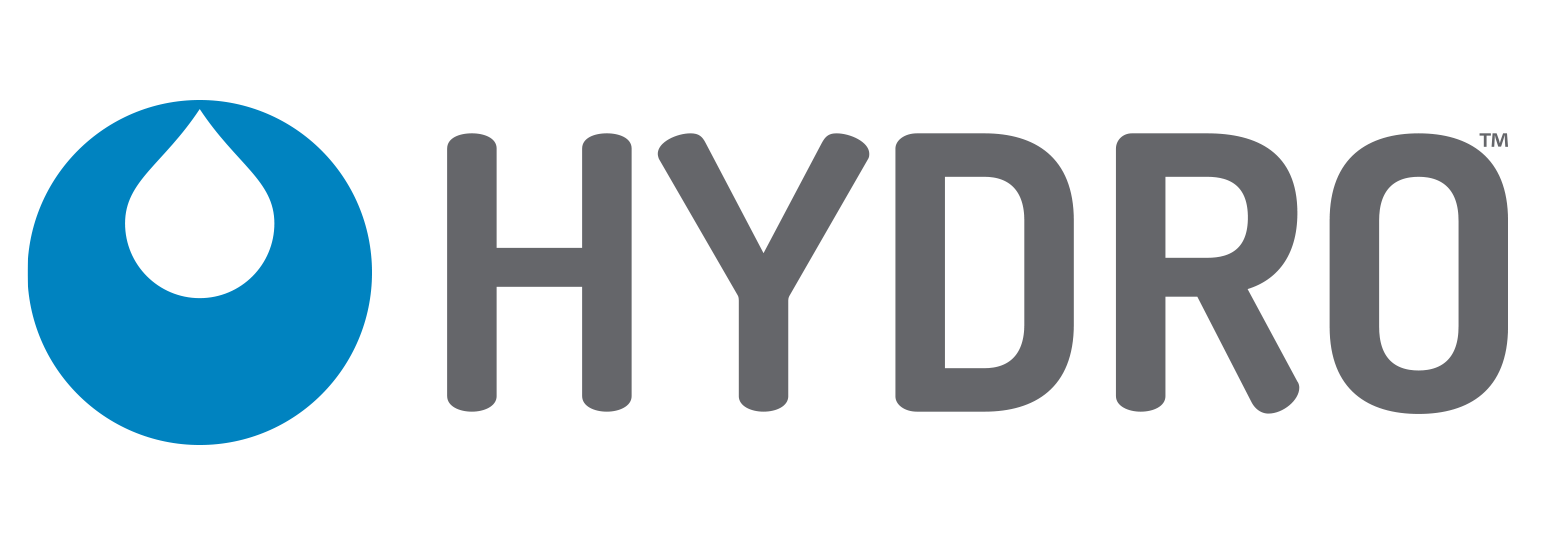Site translations now available in Spanish and German
Blog: Protecting Healthcare Patients and Residents with Clean Linen

By: John Goetz, Global Product Manager, Hydro Systems
The coronavirus pandemic has overwhelmed global healthcare systems to such an extent that China built a new hospital in 10 days, Italy created makeshift emergency units and the U.S. prepped large venues like convention centers into field hospitals in the event the number of cases outpaces the number of available hospital beds. Meanwhile, nursing homes are some of the hardest hit in the war against coronavirus. As of March 30, 400 of 15,000 nursing facilities in the U.S. have reported an outbreak and are experiencing a 20% mortality rate.
In addition to coronavirus, there are other concerns for healthcare facilities. Healthcare associated infections (HAIs) are an all-too-common occurrence that extend hospital stays for many patients. Curbing the spread of pathogens is of the utmost importance, both during an outbreak and on any given day. A sound laundry program, whether on-premise or managed off-site by an industrial launderer, can reduce pathogens to safe levels to give facility managers greater peace of mind.
Four Factors of the Laundry Process
There are four main factors that every laundry program must consider. These include:
• Temperature – Moderate temperatures can destroy most viruses, but more resistant viruses like hepatitis B may require higher wash temperatures. Be sure to consult best practices to ensure your machine has the proper temperature setting.
• Time – Linens must be agitated with the right chemistry and at the right temperature for the right amount of time. Failing to do so may compromise wash results.
• Chemistry – Using the right chemistry at the proper dilutions is essential. Without the proper chemistry, linens may not emerge visibly clean, and they are more likely to harbor microscopic pathogens as well. Meanwhile, without the proper dilution rates, detergents may not effectively remove harmful microorganisms.
• Mechanical action – Older washers may not produce the necessary mechanical action or use enough water to effectively remove viruses and bacteria. If a facility anticipates the machine delivers less mechanical action, it must adjust the other three factors to accommodate this deficit.
Once linen is clean, there must also be standards in place for its handling and storage. Ignoring these recommendations can lead to contamination before laundry is back in the hands of patients and residents. Make sure that employees know how to properly handle clean linen and keep it separate from dirty linen, and give them the proper personal protective equipment (PPE) to manage linens that are known to be contaminated or are potentially contaminated.
Especially with highly contagious pathogens, like SARS-CoV-2, which causes COVID-19, employees need to take extreme caution when handling linen. Regularly changing bedsheets and even privacy curtains will also help reduce the spread of potentially harmful pathogens.
Sanitizing Success
Hospitals and long-term care facilities are responsible for caring for many people who have compromised immune systems, including those who are sick and the elderly. In every healthcare environment, it’s crucial to offer clean linens like bedsheets, privacy curtains, gowns and towels. Perfecting on-premise and industrial laundry programs helps ensure that these linens emerge from the wash process sanitized. Additionally, following best practices with linen after they are washed helps prevent cross contamination that can put individuals at risk of illness.
To learn more about laundry best practices, read our free white paper.
Related Posts
PSG

Cincinnati, OH 45244

Cincinnati, OH 45244
For new product, event and industry updates:
By entering your email you agree to receive marketing messages from PSG Hydro. You may unsubscribe at any time.
Hydro Resources
Hydro Resources
© 2023 PSG All Rights Reserved | A Dover Company | Privacy Policy | Cookies | Terms of Use











